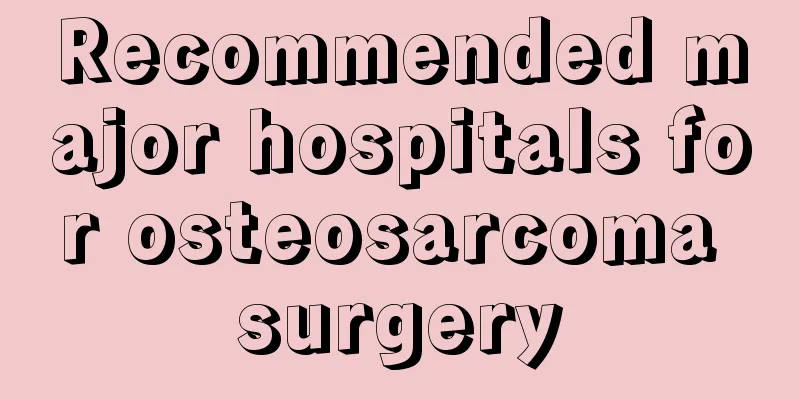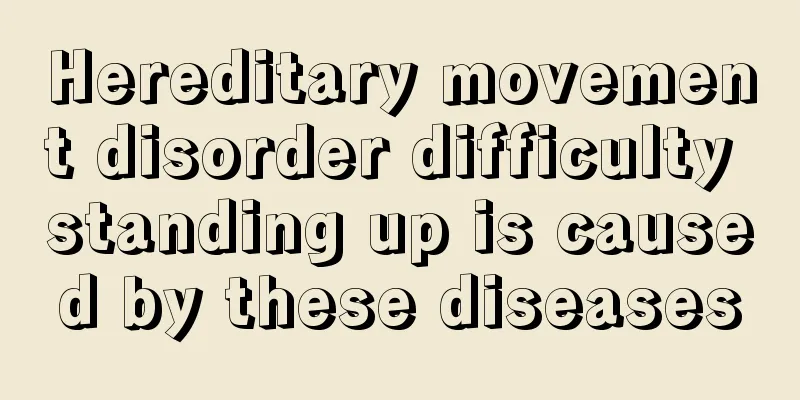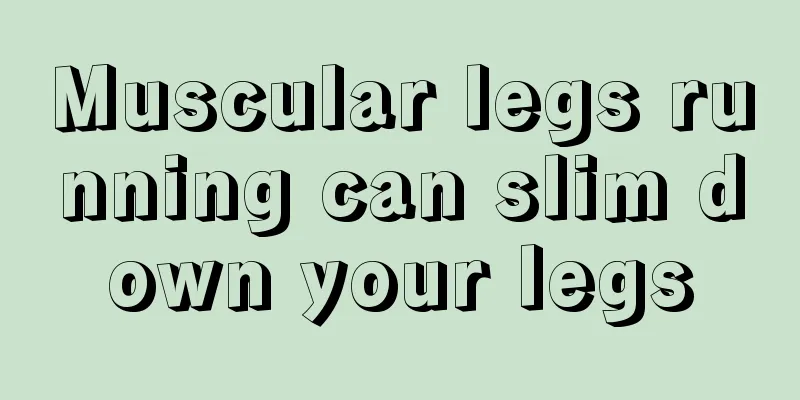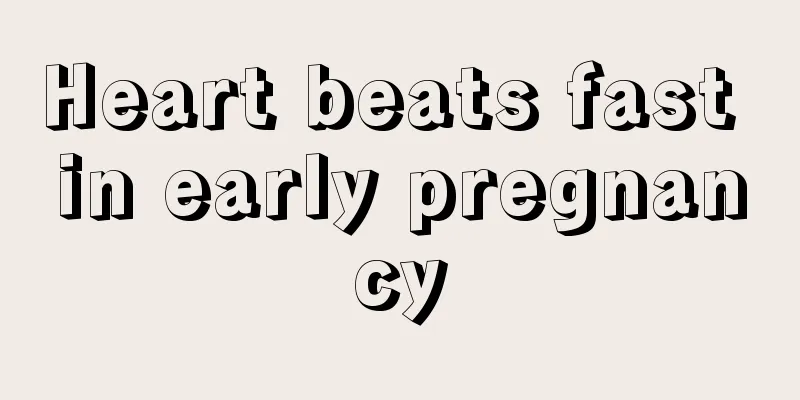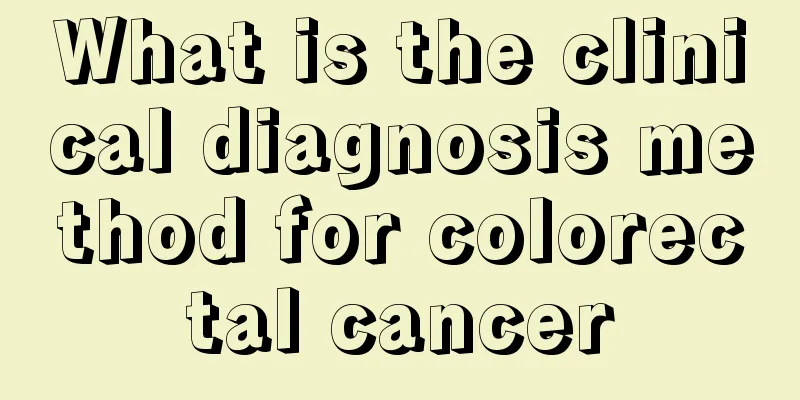Symptoms of tension headache
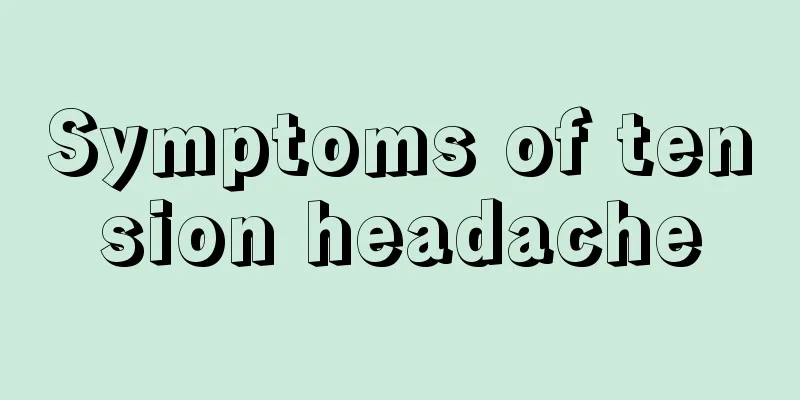
|
Headache is a very common disease in our life, and the causes of headache are varied, including neuralgia, compression headache, and overuse headache. So when patients feel headache, they should try to reduce the use of brain, take proper rest or sleep. Sometimes headache may also be caused by tumor in the brain compressing the nerves. So what are the symptoms of tension headache? Tension headache causes Tension headaches are caused by persistent contraction of the head and neck muscles. The reasons for this contraction include: 1. as a result of anxiety or depression accompanied by mental tension; 2. as a secondary symptom of headaches or pain in other parts of the body due to other reasons; 3. caused by poor posture of the head, neck, and shoulder girdle. Clinical manifestations Tension headache is more common in young and middle-aged people, and children can also suffer from it, regardless of gender. The symptoms are mild at the beginning and then gradually become significantly worse. The clinical characteristics of tension headache are dull pain in the head without pulsation. The headache is located in the top, temporal, forehead and occipital parts, and sometimes all of the above parts have pain. The degree of headache is mild or moderate, and is not aggravated by physical activity. Patients often complain of a tight pressure on the top of the head or a feeling of tightness on the head. Tension headaches are common in young and middle-aged people. In addition, the occipital and neck areas are tight and stiff, which is particularly obvious when the neck is turned. There is no photophobia or phonophobia. A few patients are accompanied by mild irritability or depression. Physical examination including neurological examination shows no positive signs. The muscles around the skull, such as the occipital muscles, the top of the head and the upper shoulders are often tender, and sometimes gently massaged. The patient feels relaxed and comfortable. Brain CT or MRI should be normal, and there should be no hypertension or obvious ENT diseases. Differential Diagnosis 1. Migraine It is a vascular headache that is common in young and middle-aged people and children. The headache is located on one side of the temporal, frontal and orbital region and is pulsating, often accompanied by nausea and vomiting. It is an paroxysmal headache. There may be visual disturbances before the headache, such as blurred vision, blind spots in the field of vision, or hemianopsia. It may also start without any precursors and the hemiplegic headache usually lasts for several hours or days before being relieved. A very small number of patients have a persistent migraine state. In a small number of patients, migraine and tension-type headache may coexist, making it difficult to distinguish between the two. 2. Cluster headaches It is vascular and related to hypothalamic dysfunction. The headache is located on one side of the orbital, temporal and frontal areas. In severe cases, it may spread to the entire head. The headache attacks are intensive, severe and without aura. The headache attacks rapidly and may stop suddenly, and is accompanied by conjunctival congestion, tearing, runny nose, and sweating. A few may experience ptosis. The attacks occur several times a day and may occur during sleep. Each attack lasts from tens of minutes to several hours and may last for several days to several weeks. However, the remission period can last for several months to several years. It is not difficult to distinguish it from tension-type headache by taking detailed medical history and observing the attacks. 3. Trigeminal neuralgia It is an episodic, short-term, severe pain in the distribution area of the trigeminal nerve in the face. Each pain lasts only a few seconds and occurs several to dozens of times a day. The pain is like a knife cutting, burning or needle-like pain, which is often triggered by washing the face, brushing teeth, talking or chewing. People can often pinpoint locations that trigger pain, called trigger points. This disease is more common in middle-aged and elderly people, with the second and third branches of the trigeminal nerve being more frequently affected. If only the first branch is affected, special attention should be paid to distinguish it from ETTH. |
<<: What are the symptoms of kidney failure
>>: Symptoms of deep vein thrombosis
Recommend
What does the lipstick formula include?
When buying lipstick, in addition to price, there...
Who is not suitable for beauty lens thread
Nowadays, it is not difficult for women to become...
What is the correct way to disinfect a thermometer?
There are many types of thermometers, but the mos...
How to treat Helicobacter pylori positive?
Helicobacter pylori in the stomach is a negative ...
Eight strange body noises that indicate illness
Sometimes the sounds your body makes can be healt...
This kind of people are prone to liver cancer. 7 causes of liver cancer that you should know
Liver cancer is highly malignant and is one of th...
Why do I always have white spots on my chin
Everyone knows that the chin will always have sma...
Ankylosing spondylitis MRI, the examination items include these
Ankylosing spondylitis can be well diagnosed thro...
Age is generally a major factor affecting colorectal cancer
Age is generally a factor that affects colorectal...
Can liver function test detect liver cancer?
Liver function tests cannot determine whether the...
Will autoimmune liver disease be passed on to the next generation?
Autoimmune liver disease is also called autoimmun...
What is the fastest way to remove acne scars
Acne scars can seriously affect the beauty of our...
What are the symptoms of tendon strain
Tendon strain is a symptom, usually manifested by...
At what age does the nose shape take shape?
After birth, various parts of the body will begin...
What are the early symptoms of lung cancer? What are the common early symptoms of lung cancer?
The early symptoms of lung cancer are a problem t...
